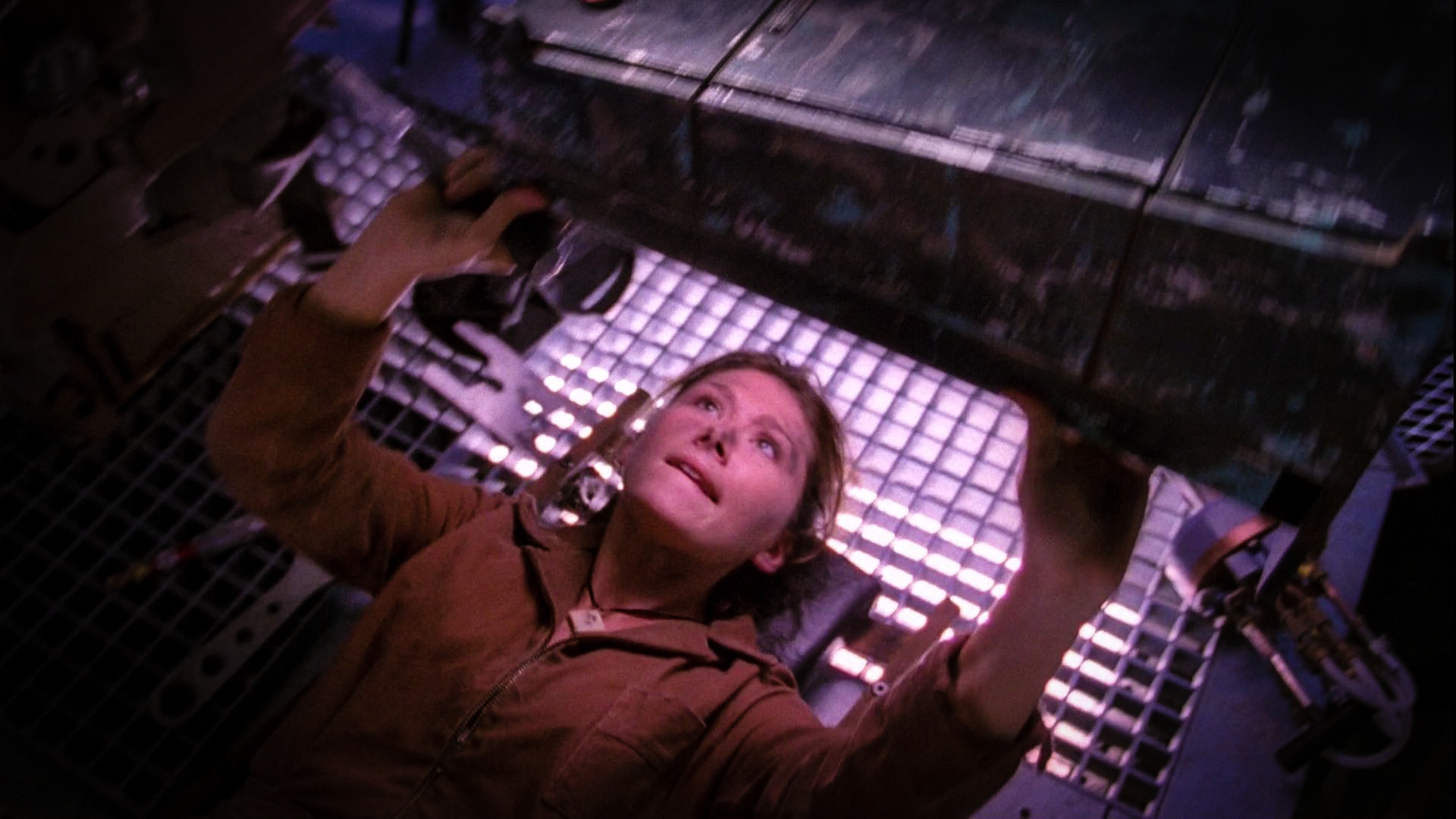This is a day in the life of Mareh, an engineer in the Ceres Workers Collective. It’s the first of a number of fiction pieces for the setting.
It was suggested that we do some “day in the life” fiction pieces to give people an idea of what the setting is like. We’re obviously still developing the setting, but some pieces are easier to describe than others. This particular piece has no set timeframe within the setting. Without further ado, the story!
Mareh peered into the gloomy interior of the machine, only the dull radiance of her glitching headlamp providing any light at all. An irregular dripping sound was getting on her nerves, but it was the slow bubbling noise that worried her more. The piece of junk she was working on was just about as old as Ceres station itself and while it might have been a state of the art bit of tech back then, now it was a cranky old machine that kept trying to get her attention by breaking down.
She’d love to junk the frelling thing, and use it for parts, but unfortunately it happened to be the main atmospheric regulator for this part of the station, and it was her job to keep it running until that glorious day when someone bought a new one – not that she thought that was likely to happen anytime soon.
That bubbling hiss was today’s issue – a rupture in one of the lines meant that gases were escaping from their assigned line. Somewhere with proper atmosphere, this wouldn’t be a problem – it would all balance out – but here, if you didn’t keep the atmo in check yourself, you were in a world of trouble.
First thing to figure out was what the gas is. If it’s O2, then it’ll go boom from a stray spark. If it’s CO2 or CO, then it’ll slowly kill everyone if it’s left alone – or at least give them a massive headache. And if either of those happened, then Mareh’s the one who’ll get blamed, and she doesn’t feel like being spaced today.
Her scanner is half-scavenged and isn’t exactly up to FLC safety standards, but it does the job most of the time. The problem is that sometimes it’s been known to short out and she doesn’t want a shorting scanner anywhere near an O2 leak. Awkwardly taking a vial from her toolbelt, she holds it as deep into the machine as she can, swishing it around before capping the vial and wriggling back out of the access panel.
Plugging the vial into her makeshift atmospheric comparator, she dials up the scanner to start the analysis, hoping that this time she won’t need to replace half a dozen burnt-out circuits afterwards. The scanner burbles an attempt at a tune while it works, while the results start to scroll across the display strapped to her wrist with a mix of velcro and duct tape.
She scowls as she reads the results, muttering curses under her breath as she makes preparations to wriggle back into the hole and fix the broken O2 line. The machine is too vital to shut down, so it’s yet another patch job – there’s probably more patches than real parts in the thing now.
The dim headlamp still struggles to illuminate the inside workings of the regulator, but she knows roughly where the O2 lines are and her nimble fingers reach through the innards of the machine to find them, tracing their length carefully to find the bubbling sealant. For a moment there is blessed silence as her fingers cover the breach, then irritated grumblings as she realises how awkward it’s going to be to get the nano-paste in position. Drawing back one hand, she fumbles the nano-paste from her belt and uses her teeth to take the cap off, being careful to squeeze the paste only onto her hands and not her face. She’s programmed these nanites to seal broken gas lines and she’s got a funny feeling the motile nanites would just as easily seal her throat as a broken pipe and she’d rather not prove her theory. Carefully, she smears the paste over the breach and pulls her hands back before it hardens in place. The quiet hiss of leaking air remains silent and she wipes the remaining paste on her oily worksuit before getting out of the regulator and sealing it behind her.
This isn’t the work she wants to be doing, but it’s good work – important work – and it means she doesn’t need to be working the asteroid mines like her brothers. Still, one day she’d like to work on one of the ships and go somewhere that isn’t Ceres station, maybe even walk on Earth or Mars one day. Before that happens, she’ll need to earn her place here – she’s about 60% towards getting her share in the Collective. Then she’ll be able to do the better jobs and leave this place for a while – that’s the dream anyway.
Until then, she just has to keep the machines working. There’s too many ways to die out here – be a shame to be killed by the machines that are supposed to keep you alive.

